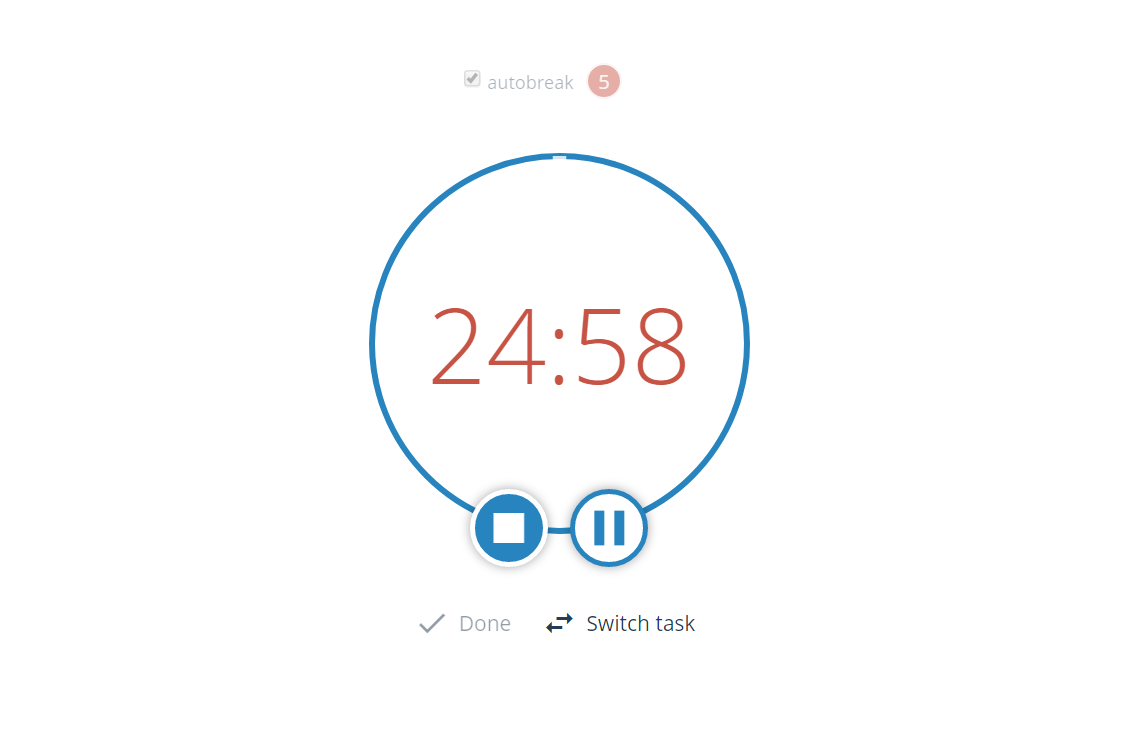If you spend too much time thinking about a thing, you’ll never get it done. Bruce Lee
Most people think of writing as an easy day job. You get to work from home, you choose the hours and the projects you want to work on, and you get to do what you love.
For many of us freelance writers, the reality is quite different. Yes, we’re working in our PJs, sipping lattes, chilling with cats on our laps. But we also end up wasting hours online with “research.” We procrastinate, we get writers' block, we stress out and, when deadlines are looming, switch into full-panic 24 hours no sleep writing mode.

As creative entrepreneurs, running a business often comes with a different set of challenges than ‘normal’ entrepreneurs face. Our passion for research and writing can interfere with an efficient way of working. And, as we sometimes see our craft as an extension of ourselves, we can avoid doing the work to hide from judgment.
If you’re finding yourself stalled on the road to starting your writing business, this seven-day plan will help you at every stage of your writing, from the idea stage to your pitch. Whether you’re not sure how to start, or you’ve hit a slump, these tips should get you moving, and help you maintain your momentum.
1. Day One: Get A Notebook
Laptops, smartphones, and tablet technology are great for writers. They make it possible for work to stay portable. When you’re a writer, though, there’s nothing better than a small notebook to jot down your ideas. Get yourself something small enough you can carry with you. If you’re not a big fan of writing things down by hand, try scribbling them into a note-taking app on your phone. Set a goal to spend just fifteen minutes to jot down new ideas. New blog posts, new projects… It’s a great way to jumpstart creativity and make sparking new ideas a habit.
2. Day Two: Set Goals
Spend your second day thinking about your writing goals. Where do you want to be in a year? Six months? Three? What about a month? Set yourself simple, actionable goals that you can follow. Whether that’s a word count, page count, weekly submission goal, or some other way to measure your progress. Writing is a solo gig, and mastering the art of self-motivation will pay out in a big way at every stage of your career.

So set yourself some achievable goals, and check in on them regularly.
3. Day Three: Eliminate Distractions
Speaking of self-motivation. Though I’ve already mentioned how great it is to have access to the whole world at the touch of a button, it certainly comes with its downside. With the internet at your disposal, it’s really easy to get distracted.
So day three is all about planning for success by eliminating distractions. You can do this in a variety of ways, from internet-freezing apps that block you from mindless scrolling to time trackers that measure your productivity. The RoundPie app combines all these functions and then some. With its seamless integration into any project management tools you already use, you can become a time management ninja instantly.

When you connect RoundPie to specific tasks in Trello for instance, the app can:
- Block any predefined sites that might distract you
- Assign a set time to that task and hold you to it
- Ping you when it’s time for a short break (don’t worry, rest is not idleness)
- Track how much time it took you to complete the task
- Use that tracked time for billing your clients
- When you’re done, send an automatic message in Slack to your editor
- And so, so much more.

4. Day Four: Write What You Know
You’ve heard that one before, right? Today, take some time to plan your writing projects with success. Many writers get bogged down in “research,” chasing information without really knowing what they’re looking for. Or, you write a bunch of drafts, sure you’re going to go back and fix it… one more time.
Instead of all that, take day four to get some serious prep time in. Screenwriter Scott Myers talks about the fact that you need to do twice as much prep work for one project while writing another. That’s true whether you’re tackling a long-term project like a novel or screenplay, or a series of blog posts. While you’re writing one thing, you should also be researching, planning, and setting up another article.
Try this: Set yourself a writing goal, and write for half an hour. Then take an hour, and write a bullet point outline of your next article. Got time left over? Keep going. You’ll spend less time writing and rewriting overall, and you’ll have a huge list of topics and projects to keep you going.
5. Day Five: Improve Your Grammar
With a little time investment, you can seriously cut down your future time in editing. Day five is all about getting the nuts and bolts of writing right, so you can impress clients, instead of embarrassing yourself with silly mistakes. Whether you use a grammar app like Grammarly or one of the many writing blogs designed to help you improve style and vocabulary, take the time to actually learn your craft.
This could mean taking writing classes, joining a critique group, or even an online seminar. By now, you should be aware of your weak spots. There are plenty of resources to help a struggling writer. Get familiar with your own weak spots, and spend the time getting the basics of writing mechanics down, to keep your writing looking and feeling professional.
6. Day Six: Put Yourself Out There
Okay. So you’ve learned how to generate ideas, set goals, and work on multiple projects to up your productivity level. This next step is where you put your best foot forward, and let the work speak for itself. Now’s the time to build your portfolio.
A freelancer’s portfolio is key to getting and keeping clients. It doesn’t have to be rigid. In fact, it’s likely you’ll wind up with a few portfolios, depending on the clients you’re trying to cultivate at any given time. Your portfolio should include an introduction page about yourself, including any awards, academic training, and your personal goals. You should also know how to make a resume, and be sure to add samples in the tone, style, or topic you’re most comfortable with. Spend some time researching the best online portfolio services and find one that works for you.
Having a portfolio that shows exactly what clients can expect from you in terms of work, as well as your terms and pricing, will filter out any unsuitable clients, and will save you hours in negotiation time. This way, you get great leads and clients that don’t need much attention, and you can focus on producing great copy.
7. Day Seven: Mastering The Pitch
So you’ve got your goals in order, you’re writing regularly, and now you’ve got a fantastic portfolio to go along with it. What’s the next step? How will you manage to set yourself apart for clients? By learning how to craft the perfect pitch. The first rule of pitching is to know your target. Day seven is all about doing research into the clients you’re looking at. Learn their names. Don’t put “Freelancer looking for work” into your email subject line. Everything should be about what you can do for the client. Keep your pitch short and to the point. Remember, you want to respect your client’s time. So get in, show them you know them well enough to write for them and get out. Respectfully, of course.
Writing involves multitasking. From planning new projects to research to building a respectable client list, there’s a lot more to it than just getting the grammar right, and writing when the spirit moves you. This list has tips ranging from how to generate new ideas, to getting feedback for your work, and making a plan to keep growing, both creatively and professionally.
In seven days, you’ll start seeing a difference in the way you write, and the way you run your business. You’ll never look back.
About the author:
Macy Thornhill is the frantic scribbling squirrel over at Clippings.me - a serial daydreamer who occasionally manages to put coherent thought to paper. She loves spotty ballpoint pens, bad anime, traveling and ignoring her laundry pile.
What would you like to know and what would be the best way to share this information to you? What is the best tips & tricks, what workaround do you use? We'd really appreciate your insight on these ones to make our integrations better, more productive and much more efficient. Comments, tweets are always welcome.